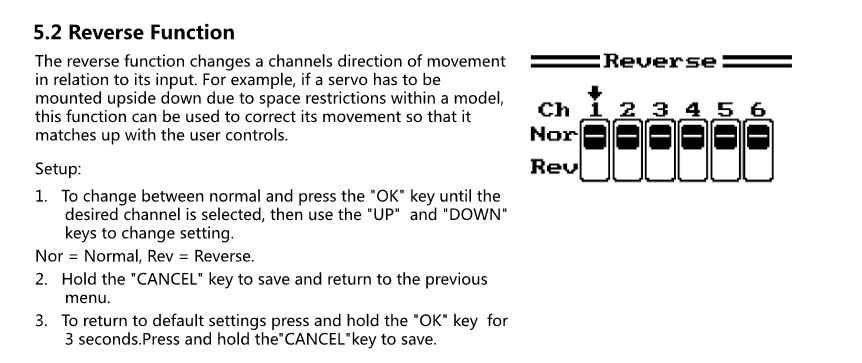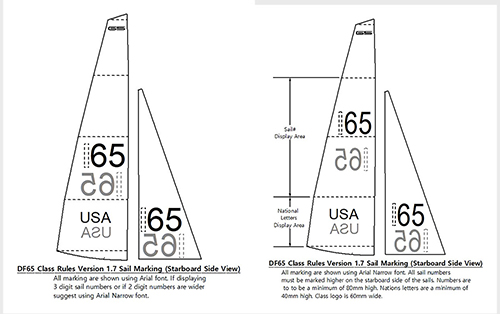Building the Dragon Force 65
Before You Start
Check out this entire webpage to make sure that you are well oriented and that you will not make any rookie mistakes.
Read these instructions for reinforcing your hull and other parts of the yacht here. These instructions are kind of old, so read all the way to the bottom, where the newer tips are. Here is a video with more tips:
Among the tools that come with the yacht, you will need both a tape measure and a six-inch ruler that have the metric system clearly marked on them. You will need to be measuring both millimeters (mm) and centimeters (cm) when setting up your yacht.
Keel
In the past, we have required our sailors to purchase and install the short keel. However, our pond was dredged recently, so the longer keel that comes with the kit is OK to use in Hagerstown.
However, if you want to sail at Menno Haven in Chambersburg, you will require a short keel. Check with your venue beforehand to see whether the short keel is required.
Here is another procedure you will want to know about before you start: Sealing the Dragon Force 65 Keel Trunk and Fin:
Affixing the Keel Bulb Correctly
Instruction Manual
Your instruction manual will walk you through assembly of your kit, step by step, in detail. The typeface is very small, so get out your reading glasses or a magnifier. If you follow every step EXACTLY, in order, your craft will come together without incident.
Instruction Manual for Dragon Force 65 Version 6
Instruction Manual for Dragon Force 65 Version 7
Sail Numbering
Here is a picture that illustrates how to number your sails. Please note that this picture illustrates the class requirements for sail numbering, and must be adhered to for upper level regattas. The easiest method is to make a stencil and then mark the numbers on your sails with a waterproof black sharpie. Use a fine tip sharpie to outline your numbers on the sail, then fill them in with a broader tip sharpie. You may purchase pre-made numbers from a number of outlets and stick them on. Click on the image to see it full sized.
Download sail numbers for stenciling by clicking here.
Bowsies
One thing you will have to do a lot of is tying bowsies. Here is a video that will walk you through the correct tying of these tiny units.
Affixing the Mainsail to the Mast
The kit comes with metal clips for attaching the mainsail to the mast. They are problematic for at least a couple of reasons. Firstly, the clips come undone on a regular basis. Secondly, they can interfere with the function of the jib, which passes quite close to the mast during wind shifts. Here is a helpful YouTube video that discusses using fishing line to secure your mainsail for a better fit and function:
Transmitter
The transmitter is a nice quality airplane transmitter, and it has been preset to work with the DF65. Here is an explanation of how it works to control your yacht:
You should not have much trouble with it out of the box, with one exception, the rudder control is reversed on many boats. Put batteries in your boat and in your transmitter. Turn your transmitter on first. You will be prompted to flip the switches up and put the left stick down. Turn your boat on second. Wiggle the rudder control, the right stick, from left to right and back again. When the stick is on the right, the rudder should be positioned to the right when viewed from behind. If this is not the case you will have to make a setting on your transmitter. The transmitter manual may be found here.
The instructions you will need are on page 16, 5.2 Reverse Function. The rudder is on channel 1. Set it to Reverse. Here are the instructions:
 Waterproofing Your Electronics
Waterproofing Your Electronics
The CVMYC and other local clubs race in fresh water, and it is not the practice of most sailors to waterproof their electronic components. However, this video makes a case for doing so. If you sail on salt water, waterproofing your electronics is a must. Here's how:
Batteries
There is always some discussion as to what type of batteries/battery to sail your yacht with. Regular alkaline batteries wear out quickly, and many sailors opt for rechargeable batteries of various kinds. However, there is one type of battery that will last half or all of the season without requiring recharge or swapping out: this is the AA Energizer Ultimate Lithium battery. Put them in both your yacht receiver and transmitter. This tip is thanks to the Battery Warehouse in Hagerstown. Don't forget to take your used batteries there for recycling.
The argument for using a rechargeable battery is that it is lighter in weight.
Videos on How to Adjust Your Sails
Here is a manual on tuning your sails for racing
When your yacht is fully assembled, get out a fan and test the sails from all directions. The sails must move freely without hanging up on the rigging. Many sailors replace the metal mainsail loops that hold the mainsail to the mast with fishing line or other strong thread. Use a wooden matchstick when tying the loops to get the right tension on these loops. Other modifications or adjustments might be necessary to get your yacht ready to sail.
If you are building your yacht for the first time, remember that we are here to help! Ask any club member for help. We have all assembled the Dragon Force 65 ourselves.
Useful Links
Stuff They Never Told Me in the Instruction Manual by Graeme Perry; Click here
More Stuff They Never Told Me in the Instruction Manual by Graeme Perry; Click here
DF 65 Tuning Guide for All Rigs; Click here
Soch Sails DF65 Rig Kit Manual; Click here
This is an exhaustive and updated as much as possible rundown of how to assemble the Dragon Force 65 kit. If you have any comments or tips, feel free to contact Helen.

